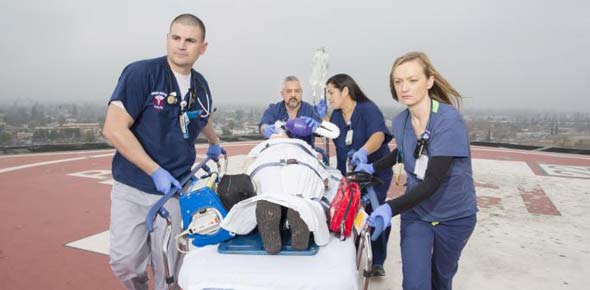Chest Trauma Quiz: Rib Fractures And Pneumothorax
- ATLS
- PHTLS
- NREMT
2.
You may optionally provide this to label your report, leaderboard, or certificate.
×
Thank you for your feedback!
















